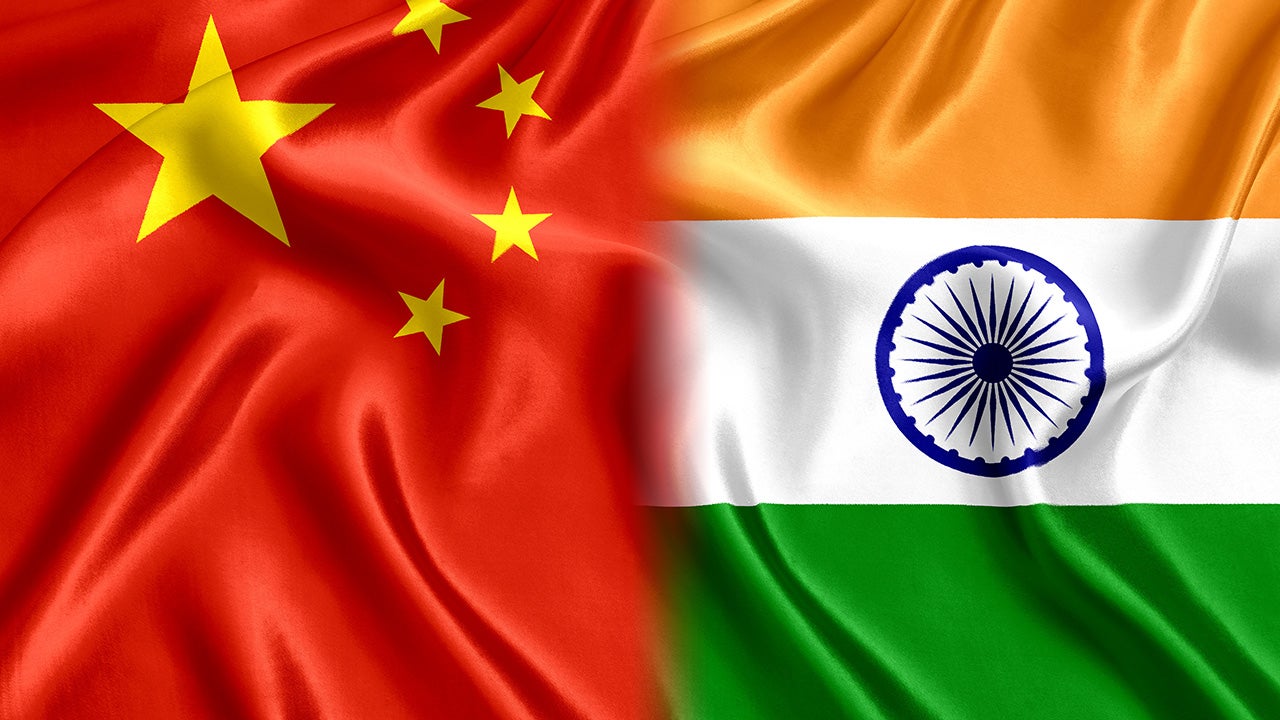An economic shift is powering rising opportunities in China and India

Within Asia, India and China have long been viewed as the engines of global economic growth. But while these two emerging economic giants share several key characteristics — large populations and domestic markets, urbanization, and fast-growing economies —they are now undergoing a distinct shift in economic perspective. As the global economy evolves, we believe this shift will continue and that identifying investment opportunities will require an understanding of each economy’s unique characteristics.
India: Manufacturing and consumption trends drive accelerating growth opportunities
India’s economy has undergone a significant transformation in recent years, moving from a relatively low base to experiencing accelerated economic growth. There are two main parts to this story: Manufacturing and consumption.
- Manufacturing. Domestic policy initiatives, such as the “Make in India” program and the production-linked incentive scheme, have aimed to boost manufacturing capabilities and attract foreign investment. Prominent global players in mobile, computing, appliances, and automotive have already set up facilities in India. For instance, over the last fiscal year, Apple produced $14 billion worth of iPhones in India, which accounted for 14% of the company’s total iPhone production globally.1 Moreover, technology companies have also planned semiconductor assembly projects and test units in India. Additionally, India’s geopolitical dexterity has enabled it to navigate global trade dynamics, positioning the country as an attractive alternative manufacturing hub for tech giants and multinational companies that have started expanding their manufacturing supply chains.
- Consumption. Another noteworthy opportunity is in India’s domestic consumption. The country’s “demographic dividend” of a large and young population, along with rising disposable income, has fueled a rise in consumer spending power and demand. In particular, the wedding market is quite a unique feature in India. The Indian wedding industry is witnessing a robust recovery, growing rapidly and estimated to have reached a value of $160 billion.2 Domestic demand sectors like transportation, hotels, jewelry, and discretionary spending all benefit from the surge in wedding-related demand. In short, India is at an inflection point for a surge in discretionary consumption, supported by a large domestic market, urbanization, and growing gross domestic product per capita.
China: Supply chain reorganization and electrification offer new, globally driven opportunities
As the second-largest economy in the world, China is gradually experiencing a shift toward new growth opportunities that cater to evolving global dynamics. In past decades, China was mainly reliant on exports and its large domestic market. While we believe the domestic market is still an important growth driver, we see China’s economy benefiting from two new trends - global supply chain reorganization and the electrification and energy revolution.
- Global supply chain reorganization. Chinese companies are getting increasingly integrated into the global supply chain, transforming from being primarily exporters to becoming global suppliers. Chinese companies can bring in talent, efficiency, economies of scale, and extensive business networks. In the past few years, we have seen Chinese companies in sectors like ecommerce, lifestyle retail, automotive, apparel, and electric vehicle batteries start expanding overseas with their goods and services. Additionally, China’s vast domestic market, with its economies of scale, low production costs, and supportive domestic policies, continues to be a key driver of growth in the local economy.
- The energy revolution. China’s investments in electrification and the energy revolution are also a bright spot in the future. For instance, we see opportunities in the automotive and industrial glass industry. With a competitive edge in innovative glass technologies, as well as the scale and cost advantages derived from the extensive domestic China market, we believe the sector is expanding overseas and can capitalize on the rising global requirements for automotive glass. We believe the industry is well-positioned and riding on the global sustainability trend. Furthermore, we’ve identified opportunities in the tap changer industry in China. Tap changers are a crucial component in the production of transformers, which are seeing increasing demand as power grids are upgraded. Currently, there are a few major tap changer manufacturers globally. By identifying companies that will benefit from the power grid opportunities, investors can potentially capitalize on the anticipated surge in demand for these components in the coming years.
Understanding the nuance of diverging opportunities
As the global economy evolves, China and India’s distinct economic shifts are creating new and divergent opportunities. Understanding the nuances between China and India’s changing economic landscapes will be crucial for investors seeking to capitalize on the emerging trends shaping the global marketplace.
Investment risks
There is no guarantee that forecasts will come to pass.
All investing involves risk, including the risk of loss.
The value of investments and any income will fluctuate (this may partly be the result of exchange rate fluctuations) and investors may not get back the full amount invested.
Many products and services offered in technology-related industries are subject to rapid obsolescence, which may lower the value of the issuers.
The risks of investing in securities of foreign issuers, including emerging market issuers, can include fluctuations in foreign currencies, political and economic instability, and foreign taxation issues.
In general, stock values fluctuate, sometimes widely, in response to activities specific to the company as well as general market, economic and political conditions.
Footnotes
-
1
Source: The New Indian Express, April 2024
-
2
Source: Luxury Tribune, January 2023




